film
Reflecting on Queer Cinema's Golden Age: The Gay '90s

A New York film festival reminds us how wide the celluloid closet busted open 20 years ago. The Advocate's editors look back at how these movies changed history and their own identities.
October 07 2016 1:01 AM EST

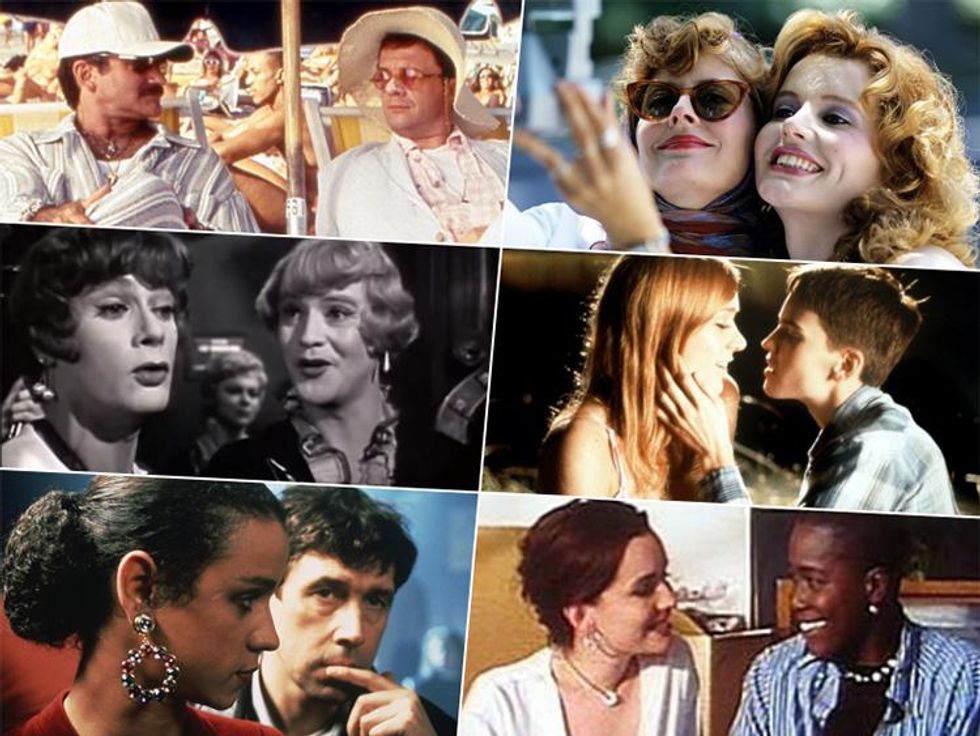 Thelma & Louise (Ridley Scott, 1991, DCP)
Thelma & Louise (Ridley Scott, 1991, DCP) 





























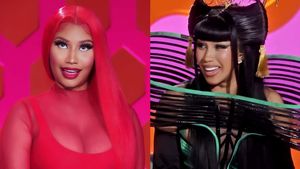


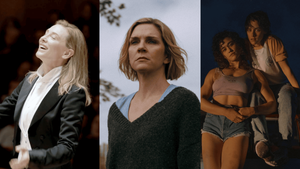
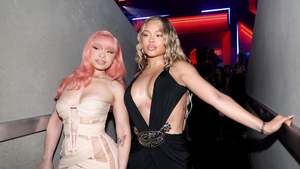









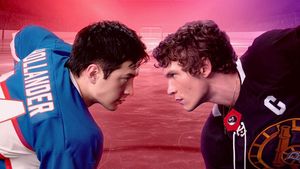



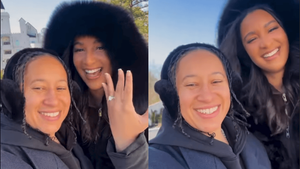


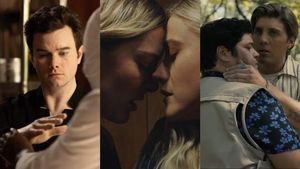
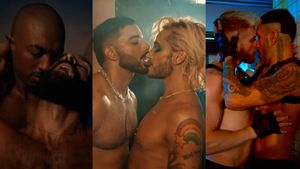








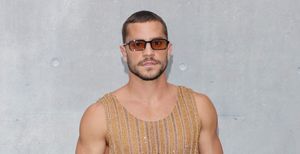
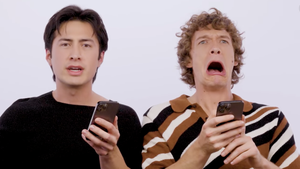

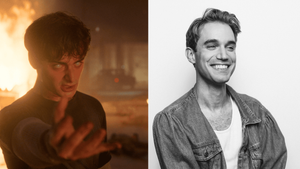

Charlie Kirk DID say stoning gay people was the 'perfect law' — and these other heinous quotes